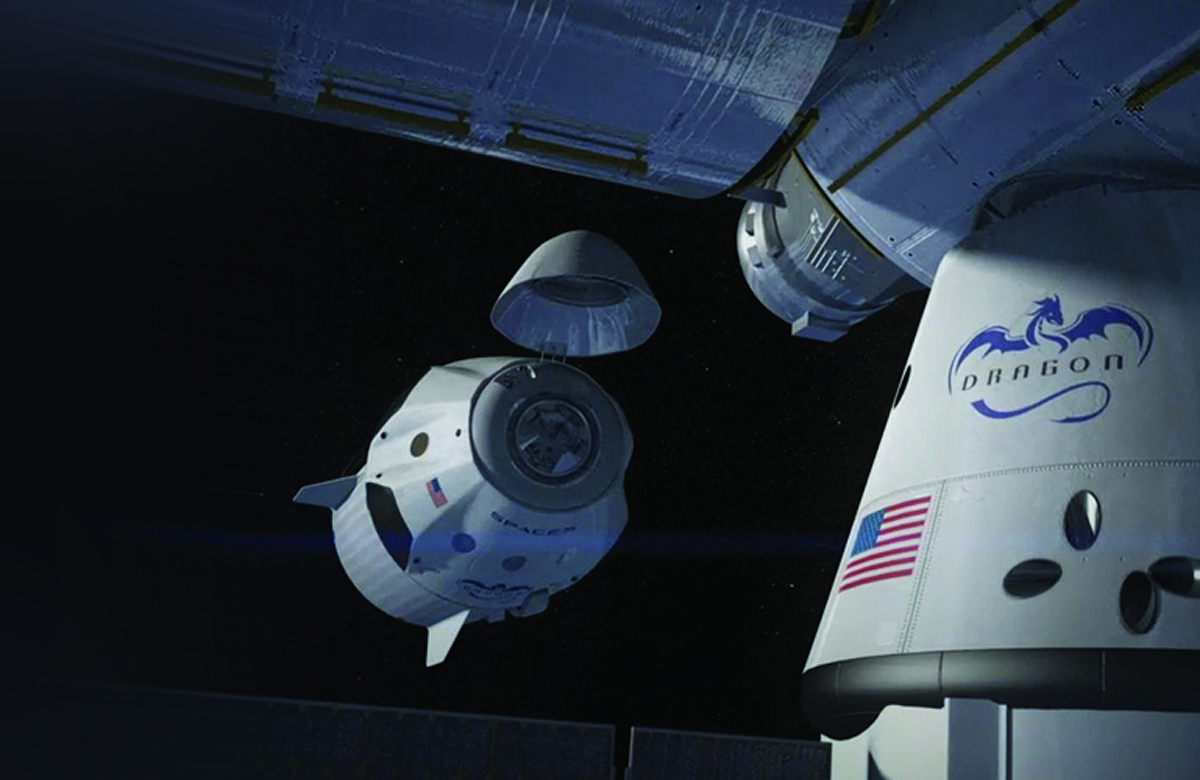A legendary Cold War bomber is NASA’s ‘secret weapon’ for studying today’s US solar eclipse. The US space agency will use two of its WB-57 Canberra aircraft to intercept the 110km wide shadow of the moon as it crosses the continental US in today’s total solar eclipse.
Two of the vintage jets will track the eclipse using two tandem gimbal-mounted 22-cm cameras, one for visible light and one for infrared.
Using two WB-57s to follow the eclipse will flight will extend the length of darkness from 2 minutes 40 seconds seen on the ground, to about 8 minutes between the two aircraft. This will allow more detailed observations of the solar corona, a zone of hot gases surrounding the sun.
The B-57 series is an American built version of the Canberra bomber that first flew in 1949 and remained in service for more than 50 years in several air forces. NASA operates three of the type, as high altitude research aircraft. They are based on the long wingspan WB-57 meteorology variant, and have a ceiling of more than 60,000 feet.
The most recent member of the NASA WB-57F fleet was rescued from a 41-year hiatus in a desert boneyard and returned to service in 2013 by military services contractor DynCorp, which hand-fabricated, pressure tested, and installed hundreds of hydraulic lines, as part of the restoration.
Dyncorp says its maintenance team amassed parts, special tools and related products and performed ‘almost 1400 tail-number-specific issues.’
‘It barely resembled the weather-beaten hulk that was pulled from the Arizona desert. It had been transformed into a near-pristine machine, probably in better condition than when it rolled off the production line so many years earlier,’ DynCorp International WB-57 pilot Tom Parent, said in a 2013 press release.




